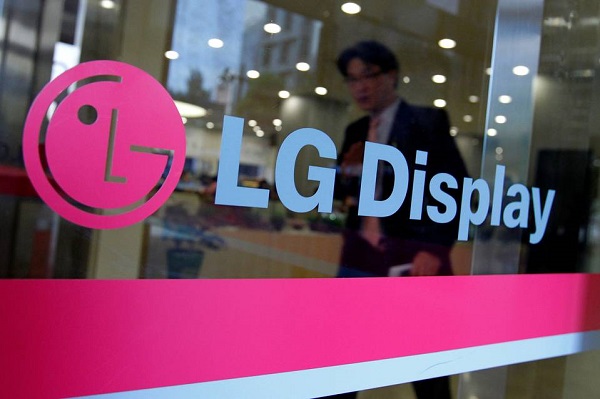LG Display reported on October 25 unaudited earnings results based on consolidated K-IFRS (International Financial Reporting Standards) for the three-month period ending September 30, 2017.
-
Revenues in the third quarter of 2017 increased by 4% to KRW 6,973 billion from KRW 6,724 billion in the third quarter of 2016 and increased by 5% from KRW 6,629 billion in the second quarter of 2017.
-
Operating profit in the third quarter of 2017 recorded KRW 586 billion, a year-on-year increase of 81% from the operating profit of KRW 323 billion in the third quarter of 2016 and a quarter-on-quarter decrease of 27% from the operating profit of KRW 804 billion in the second quarter of 2017.
-
EBITDA in the third quarter of 2017 was KRW 1,420 billion, a year-on-year increase of 39% from EBITDA of KRW 1,024 billion in the third quarter of 2016 and a quarter-on-quarter decrease of 10% from the EBITDA of KRW 1,583 billion in the second quarter of 2017.
-
Net income in the third quarter of 2017 was KRW 477 billion, a year-on-year increase of 152% from the net income of KRW 190 billion in the third quarter of 2016 and a quarter-on-quarter decrease of 35% from the net income of KRW 737 billion in the second quarter of 2017.
The company recorded its 22nd straight quarterly operating profit of KRW 586 billion and a 20% EBITDA ratio, despite the continued price erosion of panels.
Amid the expansion of OLED TVs in the market, and thanks to increasing production triggered by the high seasonality of mobile devices, the revenue of LG Display in the third quarter of 2017 increased by 5% quarter-on-quarter and by 4% year-on-year. Panels for TVs accounted for 40% of the revenues in the third quarter of 2017; mobile devices for 27%; tablets and notebook PCs for 17%; and desktop monitors for 16%.
Despite the stagnation in the display industry, LG Display has increased OLED TV panel shipments through expanding OLED production capacity. The company has also strengthened the foundation of its OLED business by proving OLED’s differentiated value compared to LCD TVs. Moreover, its Wallpaper OLED and Crystal Sound OLED displays have received excellent responses in the market.With 90% in its liability-to-equity ratio, 140% in its current ratio, and 14% in its net debt-to-equity ratio as of September 30, 2017, the financial structure of the company remains stable.
“We expect area base panel shipments in the fourth quarter of 2017 to increase by a mid-single digit percent, quarter-on-quarter, thanks to high seasonality at the end of 2017 and thanks also to the demand in the Chinese New Year in early 2018,” said Don Kim, CFO of LG Display. “We also expect overall price erosion to slow down, though this will depend upon the supply-demand situations affecting each product category and each panel size.”
He added, “LG Display plans to focus on investing in OLED products as part of its long-term preparation for the future. We will continue to maximize profitability in our differentiated LCD products, and will improve the profitability of the OLED business through expansion, under the conservative assumption that the challenging market situation will continue.”





 CN
TW
EN
CN
TW
EN






